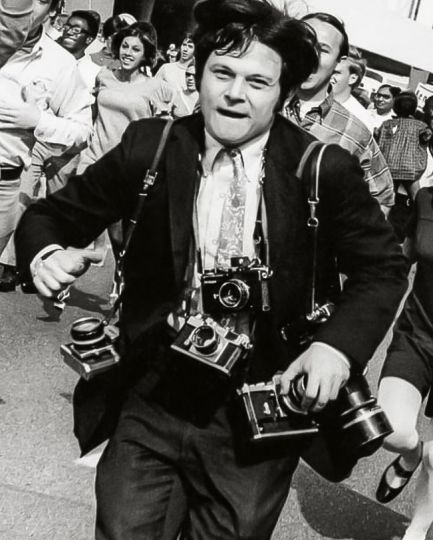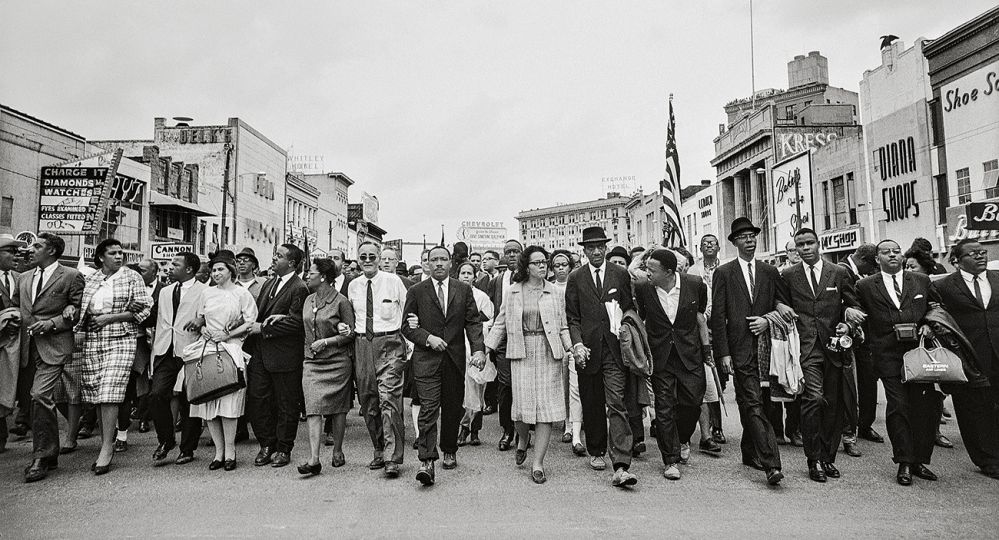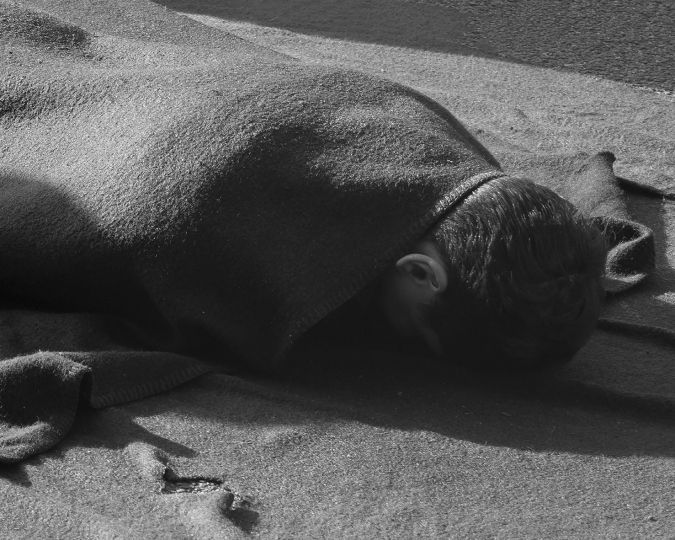Steve Schapiro passed peacefully this Saturday at the age of 87.
Today’s edition of The Eye of Photography is dedicated to him.
Fahey/Klein Gallery Founder and Director, David Fahey shared the following text.
Remembering Steve Schapiro by David Fahey
It is with great sadness that we mark the passing of a close friend and a truly remarkable photographer, Steve Schapiro.
Born in 1934 in New York City, Steve discovered photography at the age of nine. Soon he decided to devote himself to photojournalism. In 1961 Schapiro began working as a freelance photographer. His photos have been published in numerous publications such as LIFE, Vanity Fair, Sports Illustrated, Newsweek, and Time – to name a few. Steve is often celebrated for his expansive work documenting the American Civil Rights Movement and the Selma to Montgomery march. Although, this important subject matter just begins to scratch the surface of the broad range of Steve’s work.
In the following text, Fahey/Klein Gallery Founder and Director, David Fahey, shares his remembrances of Steve Schapiro.
“In the late 1990s, Rock and Roll photographer Jim Marshall introduced me to his personal friend and fellow photographer, Steve Schapiro. I was thoroughly amazed at the breadth and depth of his photographic archive. What sets Steve’s images apart from his colleagues with each project he managed to create memorable and indelible images – which is unusual in photojournalism.
He began his career documenting the American scene through the tumultuous 1960’s and across all strata of the edge of our culture. Most particularly, the disenfranchised of the times: the migrant farm workers, feminists, the artists, Harlem, and the Civil Rights movement. I had the pleasure of working with Steve and editing his first book, American Edge. Additionally, I have had the honor and privilege to exhibit Steve’s work many times, in many exhibitions, for the past 22 years. Over this time, we have developed a meaningful personal and professional relationship.
Steve is a talented image-maker that creates powerful photographs with passion and grace.
His pictures are objective but also interpretive. He is an expert storyteller with a single image, as well as with a photo essay – making images that are informational, emotional, and truth-telling. His photographs are not only a record of a time and place, but also have a way of addressing the collective feelings (past & present) in our culture and society.
The sheer diversity of his life’s work is astonishing. As Steve has said, he has made photographs “from poodles to Presidents – and portraits from Beckett to Warhol to Bowie.” His documentary photographs of the Civil Rights struggle are objective and with balance – honest and authentic. He is not afraid of aestheticizing unpleasant truths. Visually, they can contain a beautiful element as well. Beauty can be a doorway to empathy. These important photographs have contributed enormously to our social and political awakening.
His freewheeling “fly-on-the-wall” manner and style, along with his hard earned and unimpeded access, has contributed to his success. A perfect example of this is when Steve traveled through the American South with James Baldwin. Steve was inspired by Baldwin’s essay in the New Yorker, which later became part of Baldwin’s book, “The Fire Next Time”. While traveling with Baldwin, Steve documented the people, circumstances, and conditions they witnessed. His Civil Rights photographs have contributed to the long overdue racial reckoning. These images are both arresting, artful, and speaks to the heart of this non-violent rebellion.
All photographers will say “my pictures speak for themselves”. But to know Steve Schapiro the person, you have only to listen to the voicemail recording on his phone:
‘Hi, this is Steve Shapiro. I hope you are having a great day – I sure am. I hope to get back to you soon. And if I can’t, I Love You!”
David Fahey
Fahey/Klein Gallery, Los Angeles
Steve Schapiro peacefully passed at his home in Chicago on Saturday, January 15, 2022 – with his wife, Maura, and son, Theophilus. Perhaps fittingly on Martin Luther King Jr.’s birthday. Steve lived a long, productive, and fruitful 87 years.
































